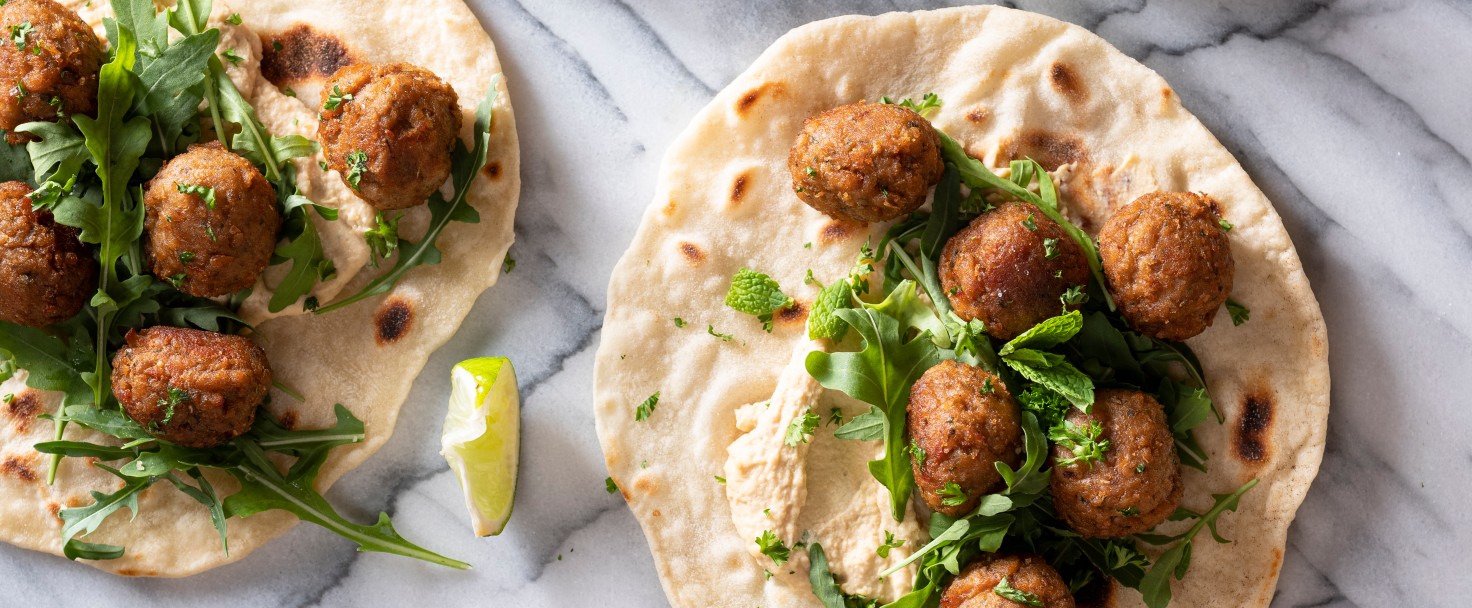The Brenntag Food & Nutrition North America application team has created something delicious to stand out from the meat substitute crowd. The plant-based Vegan Gyro concept will be showcased at the IFT20 Virtual Experience (July 13-15).
Whether due to animal welfare, health or sustainability concerns, or a combination, more and more consumers are looking to trim back on their meat intake. A 2019 Innova Market Insights consumer survey found 42% of US consumers and 38% of Canadians have increased their consumption of meat substitutes over the previous year. The primary reason for switching is “because it is healthy” as expressed by 51% of US consumers, and 45% of Canadians.
It’s never been easier to opt for a meat alternative option with plant-based meat substitutes. Thanks to a wider variety of available raw materials and better processing methods, there’s been a vast increase in the range and quality of plant-based options, and related product offerings. Innova Market Insights reports a 12% growth in meat substitute product launches in North America from 2018 to 2019. More than half of the 2019 launches (55%) featured a “vegan” claim, even though their appeal goes far beyond the vegan market.



